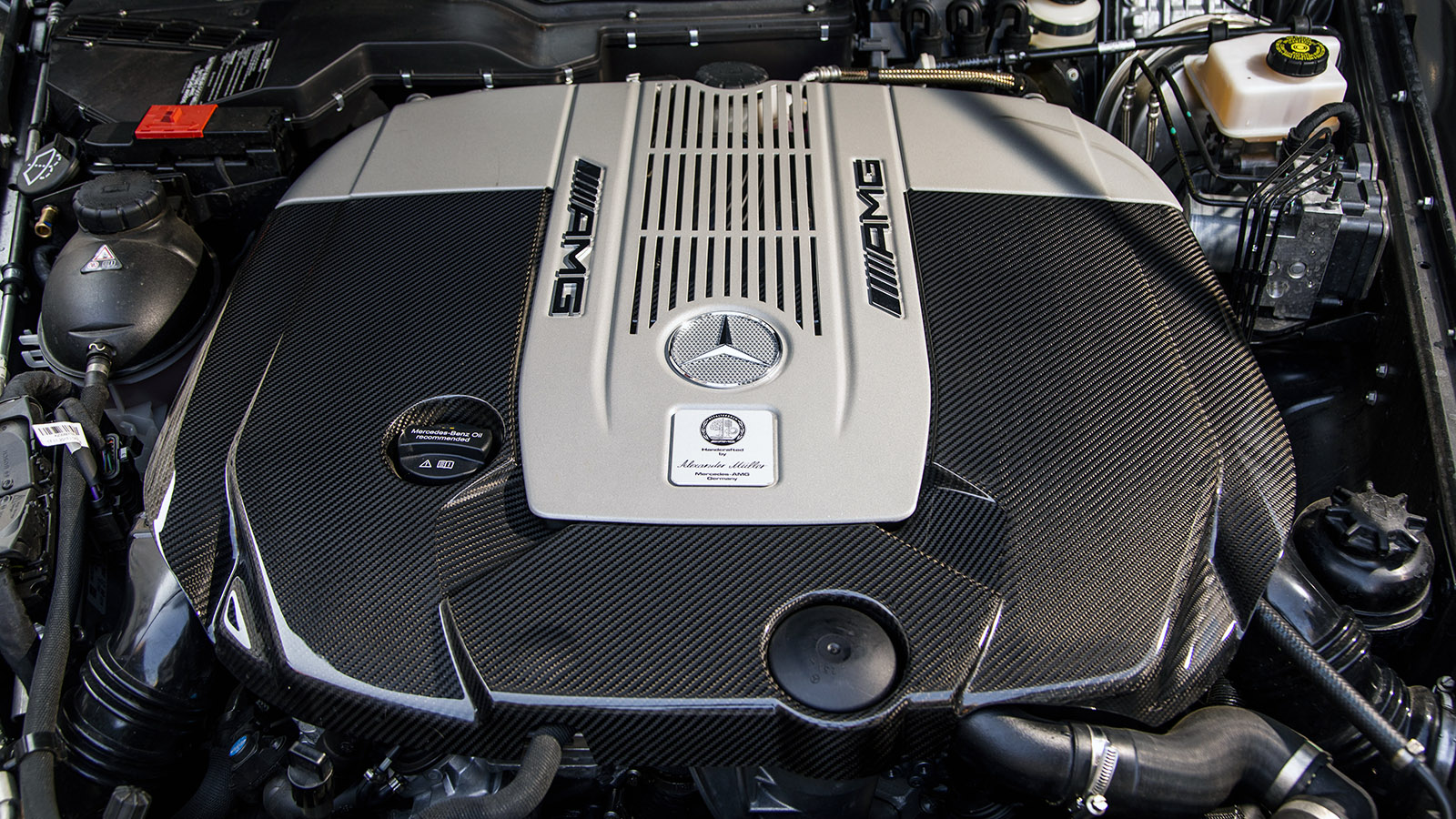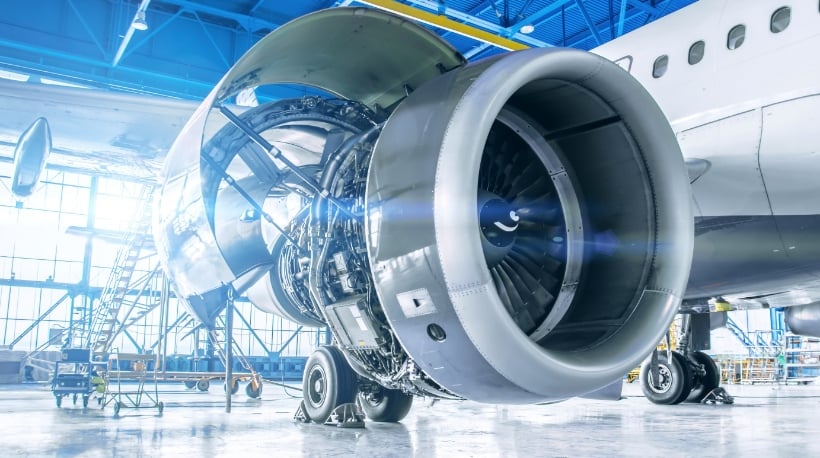The Quest for Ultimate Driving Power: Checking Out the Pinnacle of Engine Performance and Technological Innovations in the Automotive Field
In the world of vehicle design, the pursuit of maximum driving power has been a ruthless mission that has unfolded via the evolution of engine design and the integration of cutting-edge technologies. From the meticulous workmanship of combustion engines to the rapid developments in electric propulsion systems, the automotive industry stands at the cusp of a new age characterized by unprecedented efficiency capacities.
Evolution of Engine Design

Furthermore, the combination of turbocharging and turbo charging technologies has reinvented engine layout by increasing power without dramatically increasing engine size. These forced induction systems compress the consumption air, enabling even more fuel to be combusted, consequently creating better power output from a smaller engine. This innovation has been particularly vital in boosting the performance of smaller displacement engines while keeping gas efficiency standards.

Performance-Enhancing Fuel Technologies
The application of innovative gas modern technologies has actually considerably added to boosting engine performance in contemporary lorries. From standard gas and diesel to cutting-edge biofuels, artificial fuels, and hydrogen, the automobile industry is witnessing a change in gas choices. Biofuels, stemmed from renewable resources like sugarcane, corn, or algae, offer enhanced and lowered discharges engine efficiency. Artificial fuels, produced via chemical processes, provide high octane rankings, enhancing power output. Hydrogen gas cells, although still in the very early stages of adoption, reveal terrific promise as a result of their zero-emission nature and possibility for high performance. In addition, gas additives and detergents are being created to tidy engine components, maximize burning, and decrease friction, thereby increasing overall vehicle performance. With continuous r & d, the quest for the best driving power proceeds, as engineers aim to unlock the complete possibility of performance-enhancing gas technologies in the vehicle sector.
Advancements in Electric Propulsion
Significant strides in electrical propulsion modern technology have reinvented the vehicle sector, paving the means for a brand-new era of lasting and reliable transportation. Electric vehicles (EVs) are obtaining appeal as a result of their ecological advantages and innovations in battery technology, making it possible for longer driving ranges and much shorter billing times. Producers are spending greatly in r & d to improve the efficiency of electrical propulsion systems, concentrating on boosting power output, enhancing power effectiveness, and decreasing general weight.
One noteworthy advancement in electric propulsion is the growth of innovative electric motors that deliver greater torque and power thickness, leading to improved velocity and general driving performance. In addition, regenerative stopping systems have been improved to catch and keep power during slowdown, further boosting the performance of EVs.
Additionally, the integration of clever modern technologies, such as click this expert system and anticipating analytics, is enhancing the management of electric propulsion systems, making certain optimum performance under different driving problems. These developments in electrical propulsion are reshaping the auto landscape, driving the market in the direction of a much more lasting and amazed future.
Impact of Computational Liquid Characteristics
With improvements in electric propulsion pushing the borders of vehicle innovation, the combination of Computational Fluid Characteristics is playing a crucial function in optimizing wind resistant efficiency and enhancing total effectiveness in lorry style. Computational Fluid Dynamics (CFD) involves making use of computer system simulations to examine the flow of air around an automobile, enabling engineers to anticipate how layout modifications will certainly influence aerodynamics without the need for costly physical models. By accurately modeling airflow patterns, CFD permits for the refinement of lorry shapes to lower drag, improve air conditioning, and enhance security.
CFD enables designers to maximize air flow around components such as radiators, engine bays, and wheel wells, adding to enhanced performance and total driving experience. In final thought, the integration of Computational Liquid Dynamics stands for a considerable step onward in the mission for ultimate driving power and performance in the automobile industry.
Future Fads in Engine Advancement
In the dynamic landscape of automotive design, advanced developments are shaping the future trajectory of engine advancement. The future of engine design is noted by a strong focus on efficiency, efficiency, and sustainability. Manufacturers are significantly focusing on developing engines that not just provide high power results however also focus on environmental duty by decreasing exhausts and improving gas efficiency.
One famous trend in engine technology is the rise of electrification. Crossbreed and electric powertrains are obtaining traction as feasible alternatives to standard combustion engines. These innovations offer the possibility for significant decreases in carbon emissions and raised energy effectiveness, lining up with international efforts to combat environment modification.
Moreover, advancements in products science and production techniques are allowing the manufacturing of lighter and extra durable engine elements. This change in the direction of lightweight materials such as carbon fiber and aluminum alloys contributes to improved performance and fuel economic climate.
Final Thought
To conclude, the pursuit of best driving power in the automotive field remains helpful site to drive developments in engine layout, gas modern technologies, electrical propulsion, and computational fluid characteristics. The evolution of these innovations is shaping the future of engine advancement, paving the way for a other lot more reliable and effective vehicles (engines for africa). As the market remains to push the limits of what is feasible, we can anticipate to see a lot more revolutionary advancements in the mission for peak performance
One of the crucial landmarks in engine design advancement is the change from traditional carbureted engines to contemporary fuel-injected systems. By exactly metering the fuel shipment to each cyndrical tube, fuel-injected engines optimize combustion, resulting in much better efficiency and lowered ecological effect.
Furthermore, the assimilation of turbocharging and turbo charging modern technologies has actually reinvented engine design by boosting power without substantially increasing engine dimension (engines for africa).The application of sophisticated gas technologies has substantially added to boosting engine efficiency in modern cars. In addition, gas additives and detergents are being developed to tidy engine parts, optimize combustion, and lower friction, thereby increasing general lorry efficiency